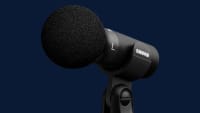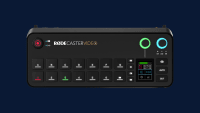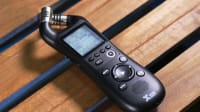The Best Macs for Musicians: From MacBook Pro to the MacPro
From MacBook Pros to "trash cans" to "cheese graters." A look at the best types of Macs for musicians and recommended software.
Arthur Ditner • Aug 16, 2021
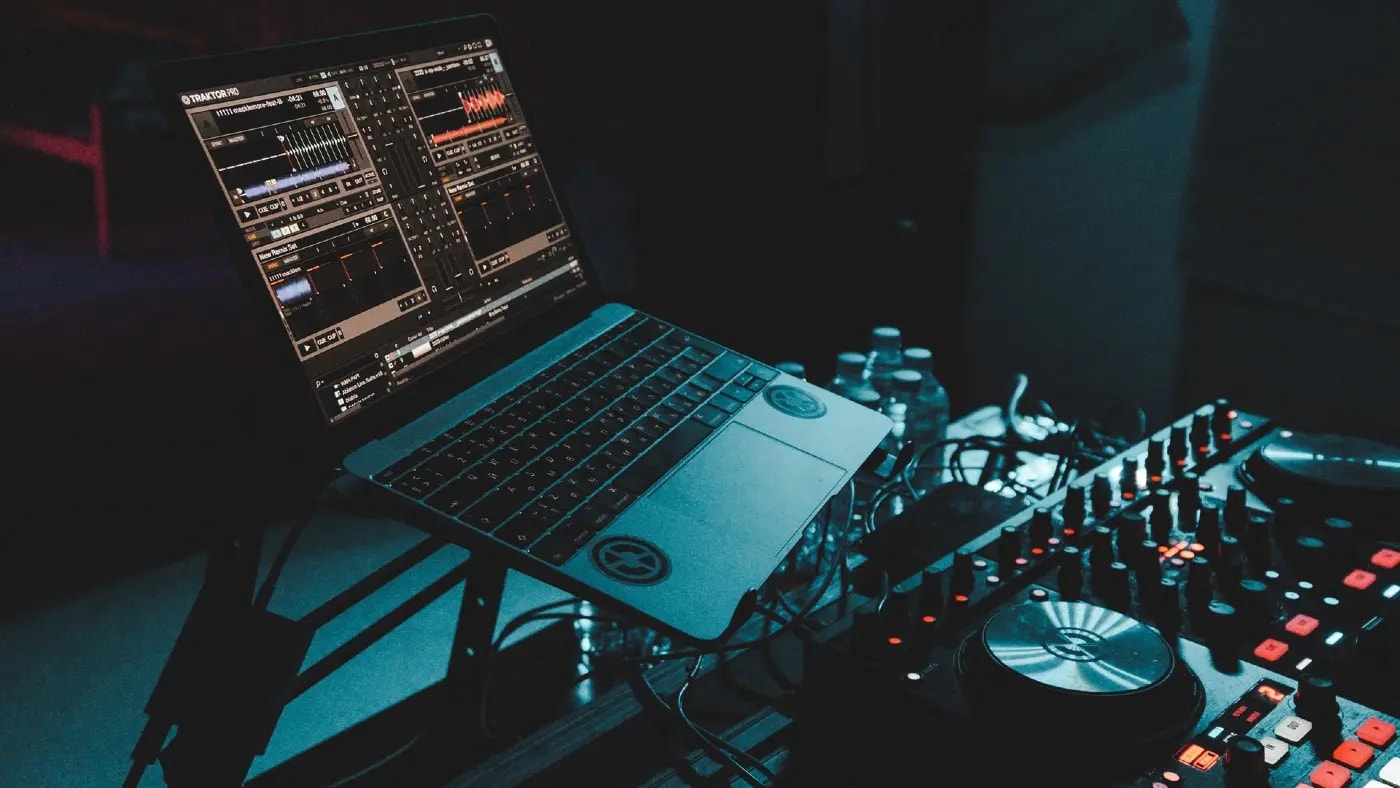
Music production and Macs go hand in hand. What are the best Macs for musicians? Read on, and we’ll discuss some common starting points from selecting a system to basic gear, use-cases, and software.
Note: The music production industry is unique in that there are over a dozen excellent software packages available. This article isn’t going to try to weigh which Digital Audio Workstation (DAW) is best. We will be using GarageBand, Logic Pro, Mainstage, Ableton Live, and Pro Tools as examples while discussing hardware.
For the 3-chord strummer
For anyone who is completely new to playing and recording music on a Mac, GarageBand is an excellent starting point. Connecting a digital piano or electric guitar is a straightforward process. Within GarageBand you’ll find many tools that make practicing your instrument a fun and rewarding experience, such as unique drum pattern loops. To get started, install GarageBand, which is freely available in the Mac App Store. Almost every Mac, both new and old, can comfortably run multiple instruments in GarageBand.
Pianists can get started quickly by connecting any MIDI-compatible digital piano or keyboard. Today, most MIDI keyboards include a USB port for connecting to a computer. Once you’ve plugged in, your Mac should recognize the piano right away, and you’re good to start performing.
Note that you may need a USB-C to USB-A adapter to do this on a newer Mac. Many digital pianos made over the past 30 years have MIDI ports in lieu of USB ports for connecting. These types of pianos can also be used with a MIDI-to-USB adapter. Once you’re connected, you’ll gain access to the high-quality sampled instruments, including an excellent grand piano.
If guitar or bass is your jam, the virtual amplifiers and effects pedals sound great. To get connected, you’ll need an external audio interface. Nearly any ¼” to USB audio interface will work. Companies like M-Audio, Focusrite, Steinberg, and Yamaha make affordable entry-level audio interfaces for guitarists, bassists, and vocalists.
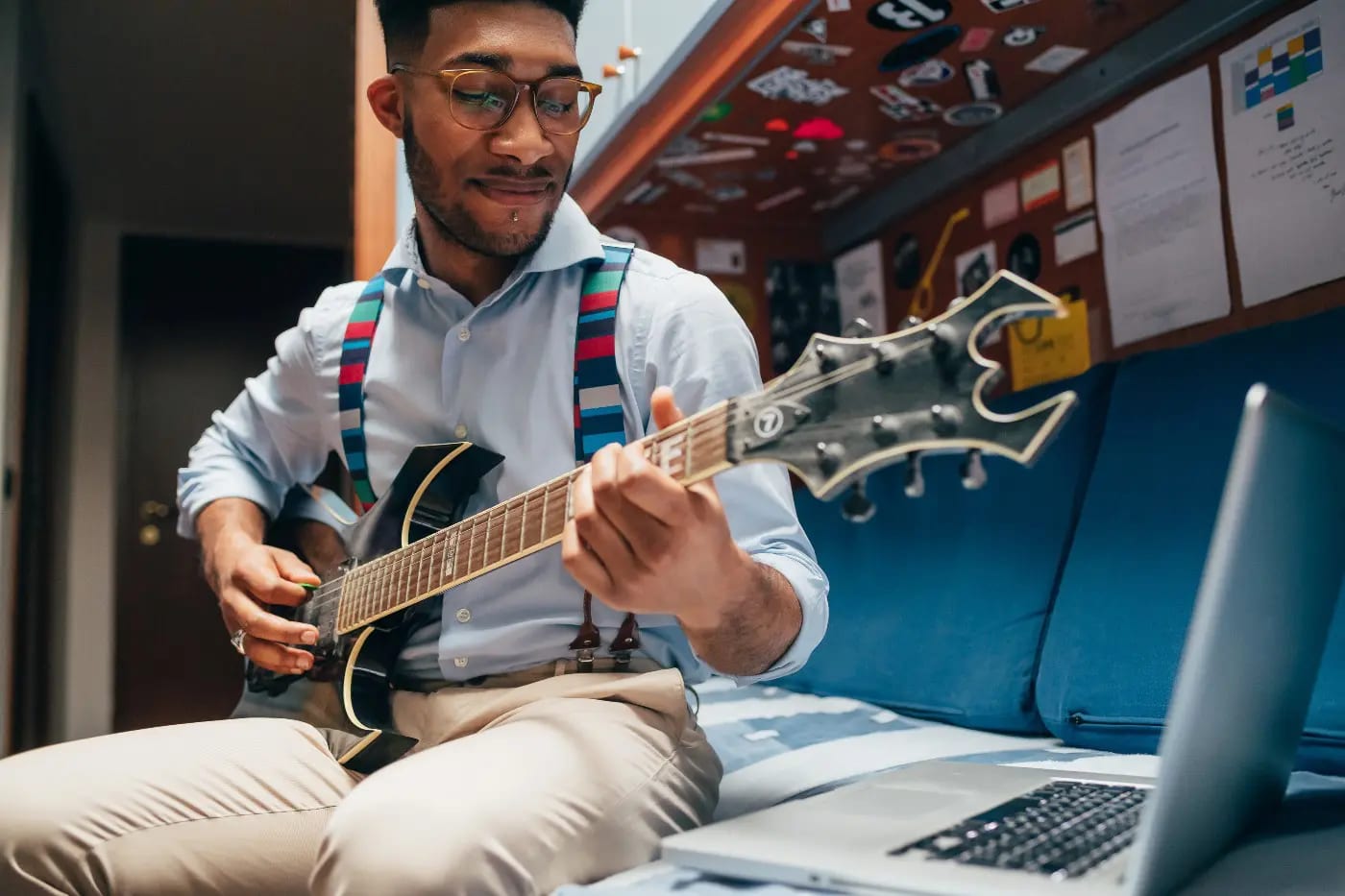
An audio interface converts the signal from a standard patch cable or XLR cable to be received directly by the recording software. Some interfaces allow for multiple simultaneous inputs, either a complete band practicing or a lone member singing and playing guitar at the same time.
One of my favorite features of GarageBand is that projects can be imported into Logic Pro at any time. So, when you’re ready to take a song to the next level, it’s easy to take your work and polish it up with professional mixing tools.
The current lineup of M1-powered Macs such as the MacMini, 24” iMac, and MacBook Air, are all good choices for a bedroom musician looking to start writing demos. Good choices for used Macs include the most recent Intel Mac Mini, as well as the 21” iMac. If you can opt for a model that features either an SSD or Fusion Drive.
Running multiple tracks of audio simultaneously can be demanding, and a solid-state drive (SSD) will keep your Mac humming along so you can focus on your performance. A minimum 8GB of RAM will be needed to get started with recording, but a 16GB RAM upgrade will keep a new Mac humming along for years to come.
The Road Warrior
On stage and behind the scenes, professional musicians rely on the MacBook Pro 16” and MacBook Pro 15”. From experimental live music produced in Ableton, to Nine Inch Nails recreating studio effects in Mainstage on the big stage, the MacBook Pro delivers. These laptops are powered by 4-core, 6-core, and 8-core processors that are designed to handle multiple processing tasks at once.
For best performance live, a MacBook Pro musician would benefit from a Thunderbolt-connected audio interface. Thunderbolt provides additional bandwidth over USB, which translates to lower latency (the delay between performing a note and hearing it back.) At least 16GB of RAM is ideal for processing virtual instruments and loading large sample libraries.
For musicians performing electronic music live, a sequencer controller such as the Arturia BeatStep or Ableton Push might be a better fit than a MIDI keyboard. With a sequencer, the arrangements, tempo, beats, and loops can be triggered with various controller commands. And a step-sequencer is a great way to break out of writer’s block by making composition and interactive process.
Of course, the portable form factor of the MacBook Pro is what makes it ideal for those on the road. For some musicians and DJs, a MacBook Air might make the cut here. But, the MacBook Pro will give you the headroom to grow.
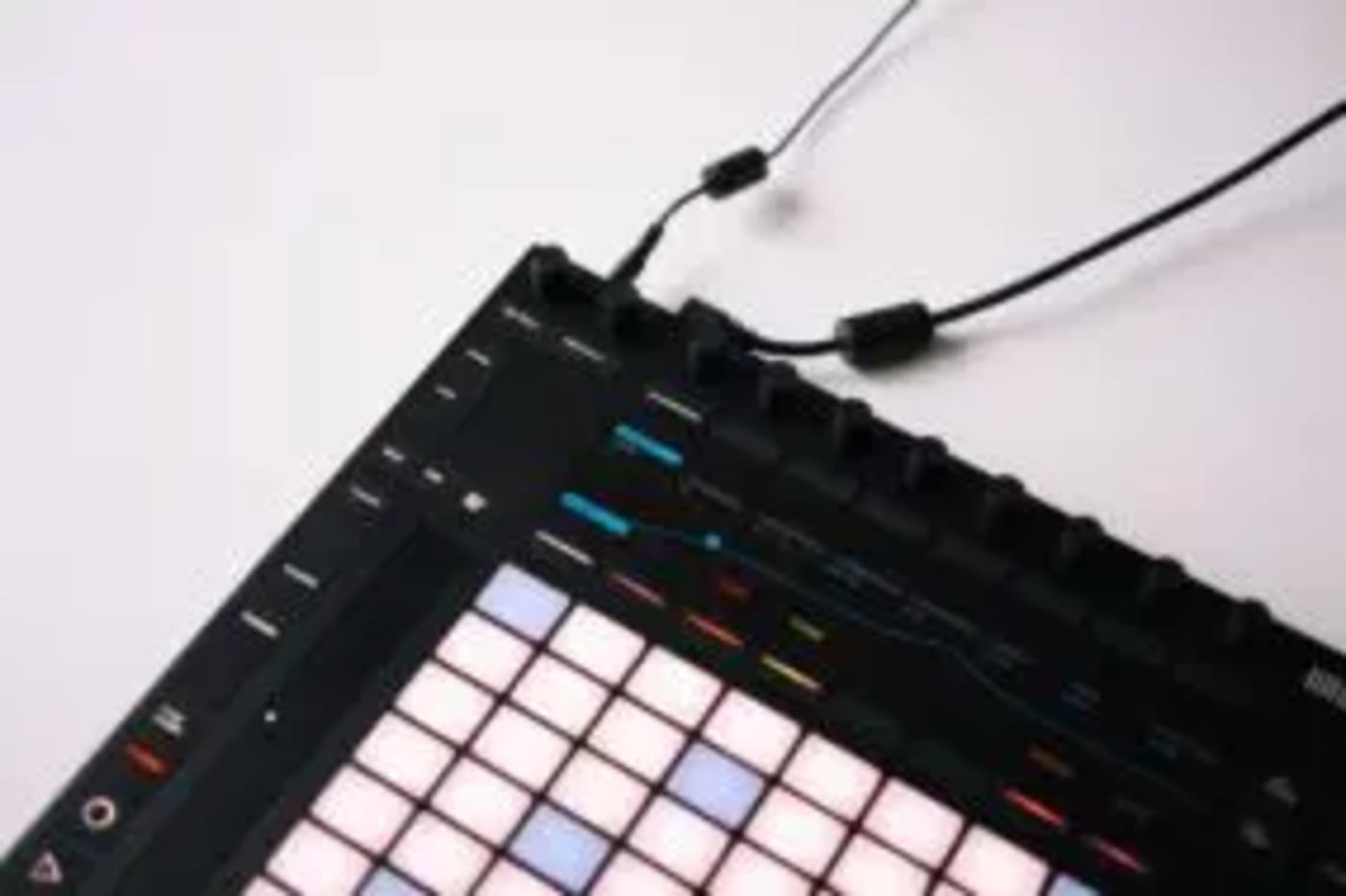
The working pro
Recording studios and audio post-production facilities rely almost exclusively on Macs running Pro Tools. While images of grand mixer rooms with endless fader banks come to mind, in actuality, most work at these facilities happens in smaller acoustically treated rooms.
Professional sound designers and junior engineers alike often work with the 2013 MacPro “Trashcan,” iMac Pro, or 27” iMac. All three of these Mac models offer user-upgradable memory, powerful multicore Intel processors, and high-speed Thunderbolt connectivity for adding audio interfaces or RAID storage.
In many studios, a 2010-2012 MacPro “cheese grater” is still a common sight. The ever-popular tower has proven to be endlessly upgradable; for instance, multi-processor models support up to a 2 x 3.46GHZ 6-core CPU that still punches above its weight ten years on. Studios that are beginning to retire the “cheese grater” MacPros may be interested in the OWC Thunderbay Flex 8. The ThunderBay Flex docks up to eight hard drives and features a spare PCI slot—perfect for migrating a Pro Tools HD card to another system.
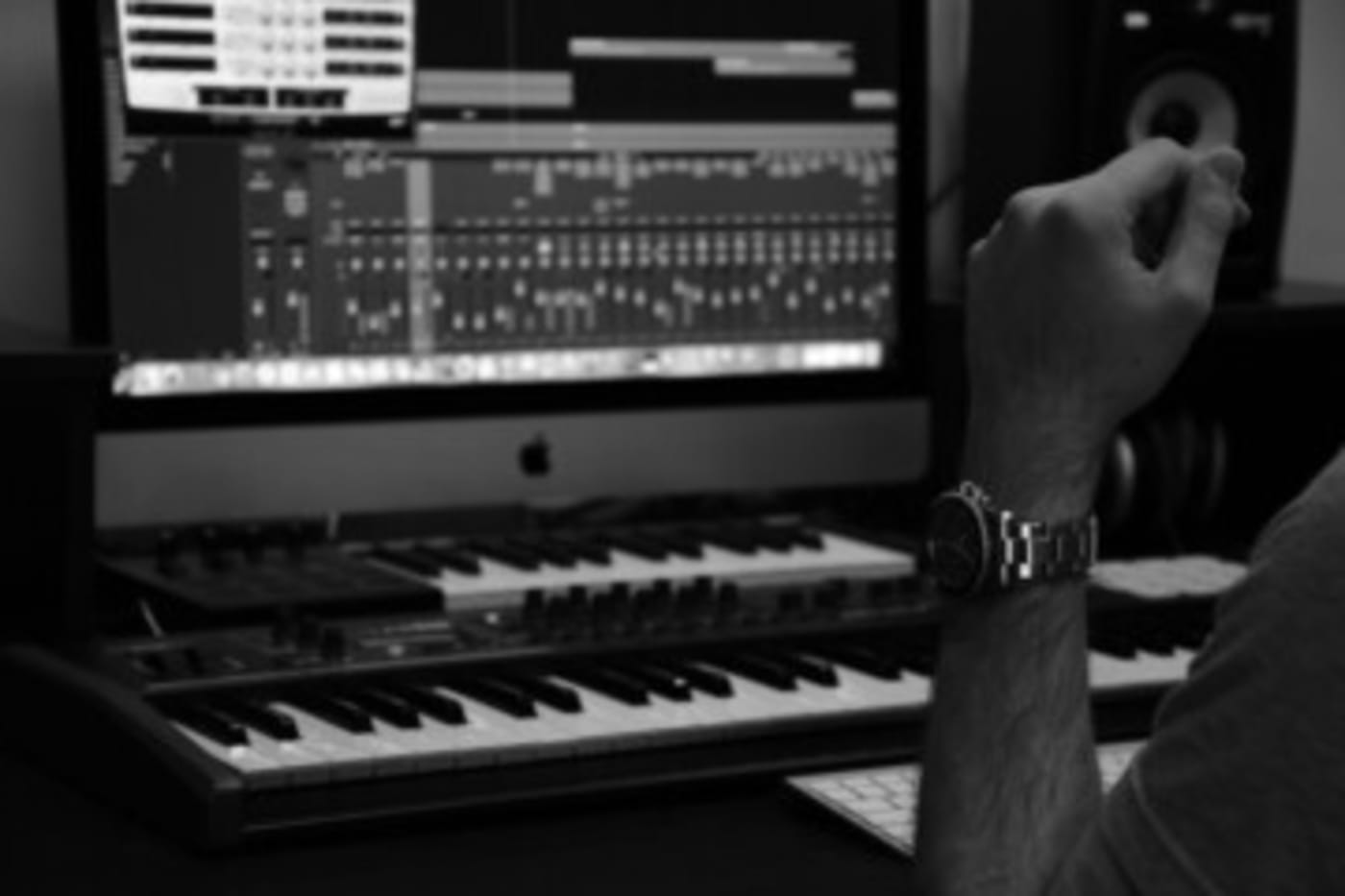
The mix master

For professional record producers and re-recording mixers, the MacPro remains the gold standard of the audio industry. Nothing else compares to its reliability and the expansion options of a tower form factor. The MacPro was a very welcomed addition to Apple’s lineup that finally married Thunderbolt and PCI interfaces in a single system. The tower’s near-silent operation is perfect for producers who want to house the tower in-suite rather than investing in an external machine room. For many, the MacPro is the only game in town as PCI connectivity is required for many professional audio interfaces, paired with RAID-protected Thunderbolt storage.

While the initial purchase may be steep, the fact that 2010 MacPro towers have been in use daily for over a decade might just be enough evidence that the current MacPro is a worthy investment.
Are you a musician? What was your first Mac you recorded with? Have a question about selecting a system to get started? Let me know in the comments section!
Feature image by Ilya Mirnyy on Unsplash
Other topics you might like
Check Out the Brilliantly Simple Shure MoveMic 88+ Wireless Stereo Microphone System
Updated on Apr 1, 2025
RodeCaster Video Gets New Tools and Features With Latest Firmware Update
Updated on Mar 10, 2025
Tascam Unveils Two New High-End, 2-Channel, 32-Bit Float Audio Recorders
Updated on Feb 20, 2025
Capture Clear 32-bit Float Audio With the Inexpensive New Xvive XV1-R Portable Stereo Recorder
Updated on Feb 13, 2025
